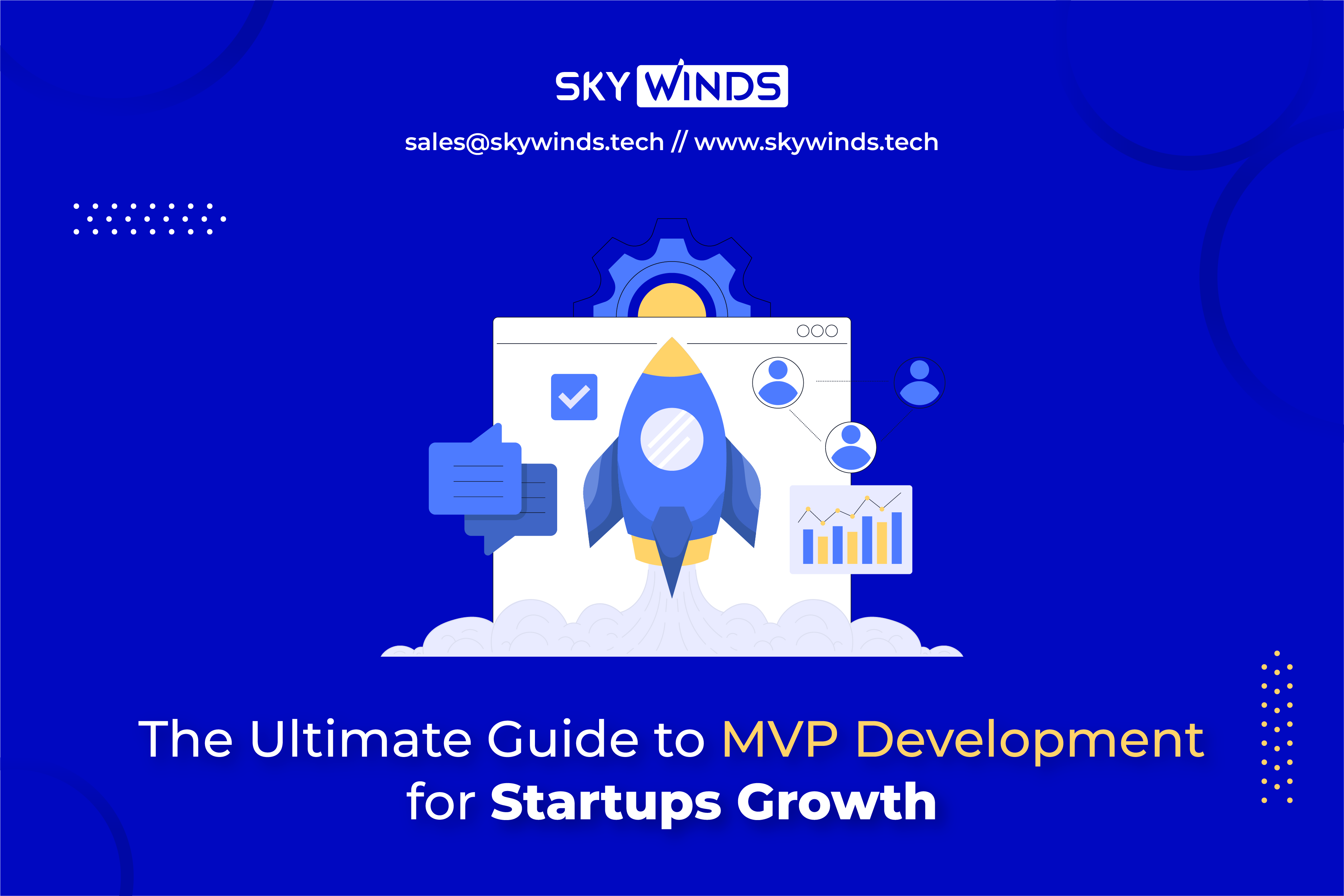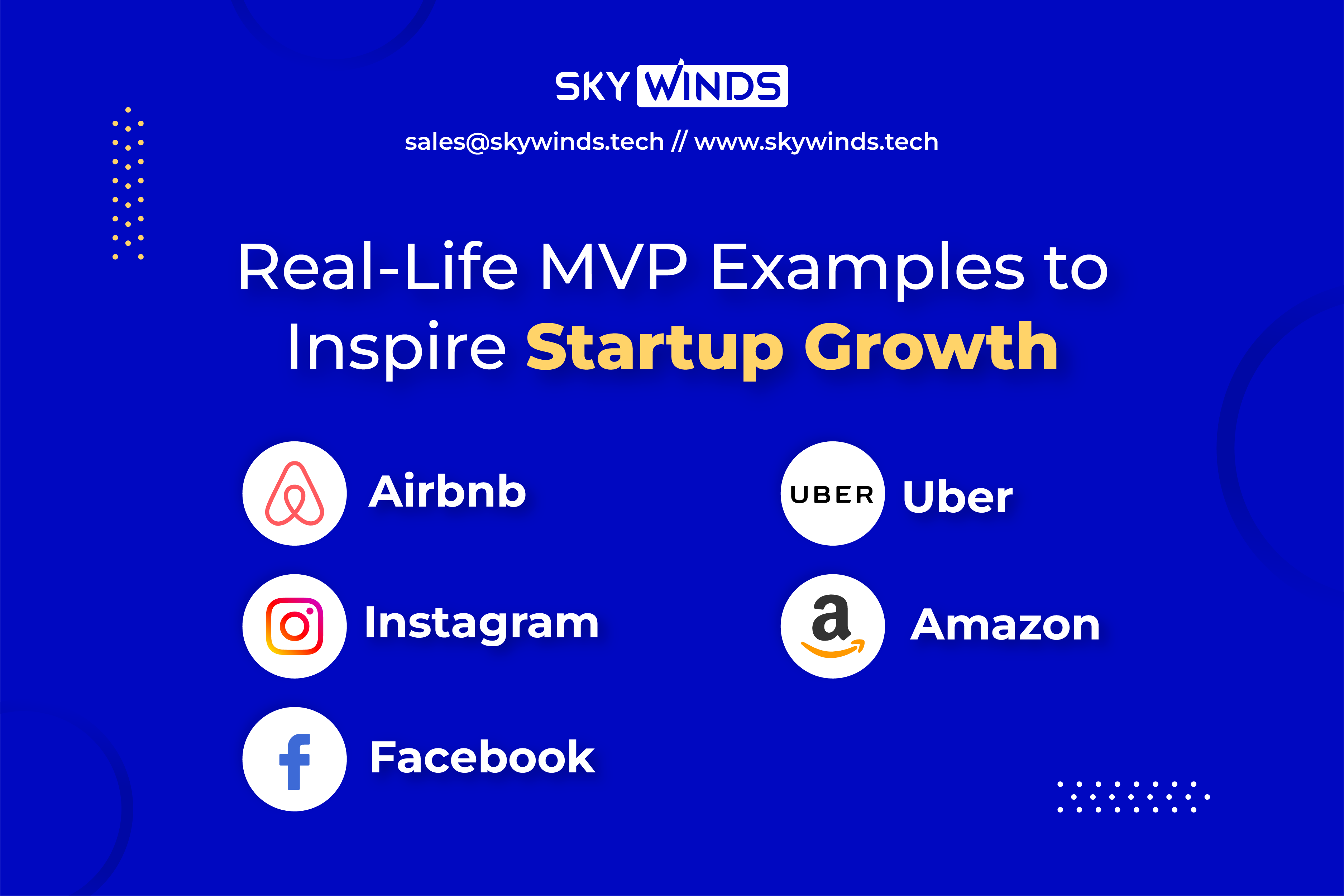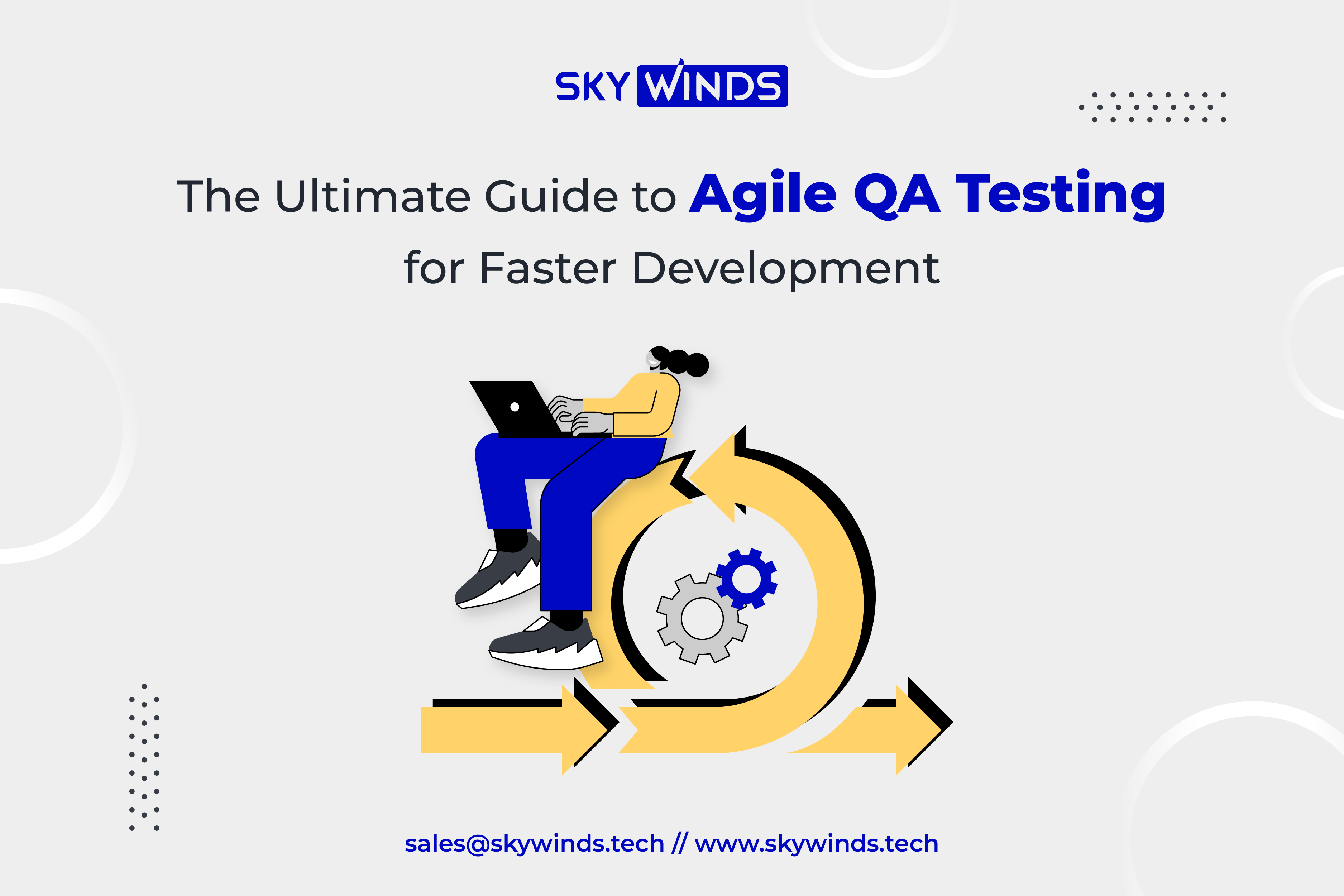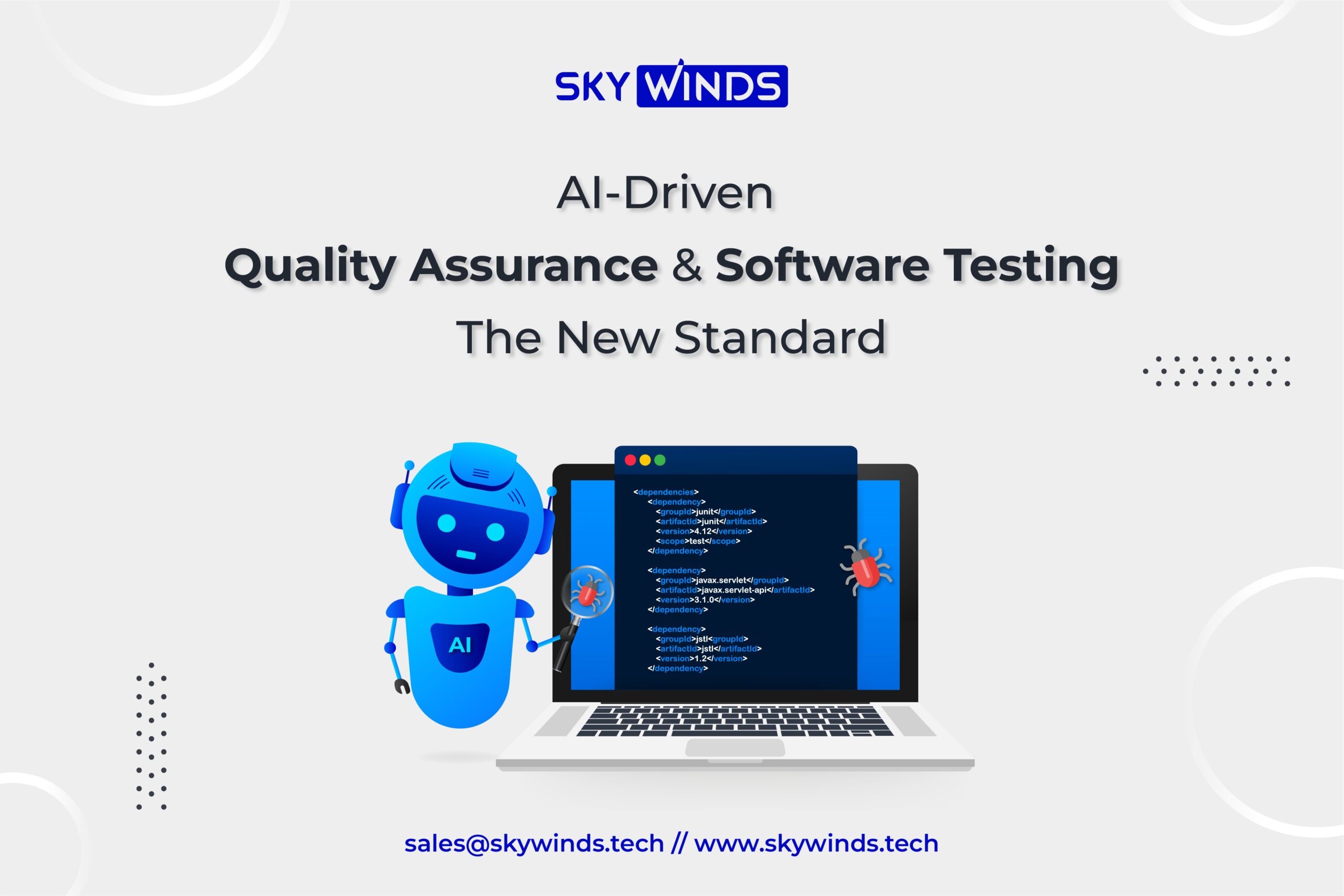
MVPs, or minimum viable products, are popular in business and startups for product development. It helps startups attract customers, reduce costs, and attract investors.
Up to 90% of startups fail. Failure to understand market needs (40%), financial constraints leading to budget exhaustion (30%), fierce competition (20%), and marketing, pricing, and design issues (10%) are the leading causes of these failures.
MVP development services help startups navigate these dangerous waters and complete their projects. This blog will explain the essence of a minimum viable product and the MVP product development process that helps startups succeed.
Table of Contents
- Understanding the Minimum Viable Product (MVP)
- Real-Life MVP Examples to Inspire Startup Growth
- How MVP Development Accelerates Startup Growth?
- Accelerating time-to-market by focusing on core features:
- Iterative development and continuous improvement based on user feedback
- Reducing development costs and avoiding unnecessary features
- Demonstrating market demand and attracting early adopters:
- Validating assumptions and identifying product-market fit:
- Enhancing investor confidence and securing funding for further growth:
- How to Build an Effective MVP?
- The Bottom Line
Understanding the Minimum Viable Product (MVP)
To attract early adopters and investors, a solution must have a minimum viable product, a crucial tool in product development. This strategy, which is especially common in the software development industry, is renowned for its capacity to reduce risks, hasten product launches, and conserve financial resources.
An MVP primarily serves as a strategic channel to:
- Accelerate time-to-market: By concentrating on key features, an MVP allows companies to enter the market quickly, gaining a competitive edge and securing a foothold before competitors.
- Reduce implementation costs: Adopting an MVP strategy enables business owners to allocate resources wisely, avoiding extra expenses for developing intricate and unproven functionalities.
- Avoid failures and financial losses: Businesses can reduce the risks of investing in a product that doesn’t resonate with customers by gauging the need and demand for their idea through an MVP, ultimately protecting their financial well-being.
- Test market demand and need: An MVP allows businesses to gather insightful feedback from customers and potential investors, enabling them to improve their offerings based on market dynamics and real-world knowledge.
- Create a buzz and build a user base: Launching an MVP increases market excitement and interest, assisting businesses in luring early adopters and establishing a devoted user base. This initial traction offers a strong base for future expansion.
A functional and viable product that enables users to evaluate and interact with the concept at hand is the fundamental tenet of an MVP. Users’ quality and value should be prioritized, as well as addressing their problems and pain points in later iterations and additions to the product.
According to Neil Jameson, a Senior Consultant at Netsmartz, this quick process has been shown to speed up product delivery by as much as 50%. The MVP strategy equips business owners to effectively navigate the market landscape, increase their chances of success, and produce goods that genuinely appeal to their target market.
Businesses that are new in the market and lack expertise can opt for help from MVP development companies. These companies will help you master the art of customer satisfaction and reach the desired success height.
Real-Life MVP Examples to Inspire Startup Growth

Airbnb
The founders of Airbnb first created a straightforward website letting design conference attendees sleep on air mattresses in their apartments. Airbnb confirmed the need for a unique, peer-to-peer lodging platform by developing an MVP that allowed users to rent out rooms in their homes, ultimately upending the entire hospitality sector.
The Instagram MVP initially concentrated on photo-sharing features that let users add filters to their images. The founders of the app discovered through user behavior and feedback that users valued simplicity and visual storytelling, which sparked the app’s rapid growth and subsequent acquisition by Facebook.
Facebook, Mark Zuckerberg’s original minimum viable product for Facebook, allowed Harvard students to rate their friends’ attractiveness. The feedback and traction this MVP attracted validated bringing people together through a social network, which helped shape Facebook into what it is today.
Uber
The minimum viable product (MVP) of Uber was a straightforward app that connected users with nearby drivers and gave them an alternative to traditional taxi services. Uber upended the transportation sector and revolutionized people’s travel by iterating on the app based on user feedback and expanding to new cities.
Amazon
When Amazon’s MVP first launched, it was an online bookstore with a wide selection of books that needed to be found in actual stores. By utilizing the power of the internet and continuously obtaining customer feedback, Amazon was able to diversify its offerings, increase the variety of products it offered, and grow into the e-commerce behemoth it is today.
How MVP Development Accelerates Startup Growth?
MVP development accelerates startup growth, providing a strategic advantage that can propel entrepreneurs toward success. Let’s explore the key ways in which MVP development expedites startup growth:
Accelerating time-to-market by focusing on core features:
Focusing on core features can help startups cut down on time to market by allowing them to prioritize the features that will benefit their target market the most. Startups can significantly shorten their time to market by concentrating on the essential features of their product.
They can quickly launch a working prototype and gain a foothold in the market rather than taking months or years to perfect every aspect of the offering. Thanks to this accelerated approach, startups can take advantage of opportunities, stay one step ahead of rivals, and become significant players in their respective industries.
Iterative development and continuous improvement based on user feedback
An MVP creates a startup-target audience feedback loop. Startups can learn about user preferences, pain points, and expectations by releasing an initial product and actively seeking feedback. Startups can use feedback to make data-driven decisions, improve their product, and increase customer satisfaction and loyalty.
Reducing development costs and avoiding unnecessary features
With user validation, product development is safe and affordable. MVP development services reduce startup costs by focusing on essential features and functions. Startups can save money and avoid investing in unpopular features by avoiding extras. Startups maximize ROI while meeting customer needs with this cost-conscious approach.
Demonstrating market demand and attracting early adopters:
Launching an MVP development for startups offers concrete proof of concept that confirms market demand for a startup’s good or service. This, in turn, attracts early adopters. Startups can entice early adopters eager to test out novel solutions and offer insightful feedback by releasing a working prototype.
The startup gains more credibility when demonstrating a usable product, luring clients and potential investors. Early adopters develop into advocates, generating goodwill and promoting organic growth. Additionally, confirming market demand with an MVP increases the chance of obtaining funding and partnering, which helps startups grow even faster.
Validating assumptions and identifying product-market fit:
Startups frequently base their operations on presumptions regarding their target market, user needs, and the issue they seek to solve. However, these presumptions must be examined and verified in the actual market setting. Thanks to MVP development, startups can gather user feedback, gauge engagement, and gauge market response.
Entrepreneurs can improve their hypotheses, confirm product-market fit, and match their offerings to the actual needs and preferences of their target market by utilizing this data-driven approach. This verification lowers the chance of developing a product that won’t appeal to customers while also guaranteeing the development of a market-aligned product.
Enhancing investor confidence and securing funding for further growth:
Startups with the potential for a return on investment are sought after by investors. Thanks to MVP development, startups benefit from a concrete proof of concept and market traction. Entrepreneurs can boost investor confidence by showing their product development process is validated and lean.
Ventures with a proven value proposition in the market are more likely to receive funding from investors. An effective MVP shows that the startup has taken strategic action.
How to Build an Effective MVP?

A multi-stage strategy is needed to create a successful Minimum Viable Product (MVP). Let’s see the step-by-step way of how to develop MVP:
MVP selection:
First, research, survey, and interview your target market. Use their needs, pain points, and preferences to develop your MVP.
Identifying the core features:
After understanding your target market, identify the core features that meet their needs. These features should solve your audience’s biggest problems.
Prioritizing features:
Prioritize core features by importance and feasibility. Focus on the essential elements that will provide value to customers and validate your product idea.
MVP design:
Wireframe and prototype your product’s layout and features. Develop a user-friendly interface, ensure easy navigation, and incorporate user feedback to improve user experience (UX).
Testing and iterating your MVP design:
Get feedback from a small group of users. Based on their feedback, improve your MVP design to meet users’ needs. Repeat until your MVP meets market needs and provides value to customers.
MVP development:
Choose programming languages, frameworks, and tools. Deploy your app on AWS or Azure. Build a functional MVP agile development method, prioritizing essential features over extras.
Validating your MVP:
Use usability testing to observe user interactions and get feedback. Use interviews, surveys, and Google Analytics to gain insights. Feedback will validate assumptions, improve your MVP, and refine it.
Launch and analyze results:
After user feedback refines your MVP, launch to a specific target market. Get more feedback during this initial launch phase to improve your MVP. Analyze user feedback and data to find patterns, prioritize improvements, and implement user-centered changes.
Following these steps and using an iterative approach, you can create an MVP that meets your target market’s needs, adds value to your customers, and sets your startup up for success.
The Bottom Line
Startups can validate their ideas, engage with their target audience, and increase by building an MVP. This blog helps entrepreneurs identify market needs, create a user-centric MVP, gather feedback, and iterate toward product-market fit.
ABC understands MVP development’s importance in startup growth. As a reliable MVP app development company, we develop high-quality MVP apps to help businesses grow. Our experts use agile methods, user-centric design, and cutting-edge technologies to create MVPs that engage users, attract investors, and set the stage for long-term success.
Let us help you create MVPs that propel your startup click here for more information.


